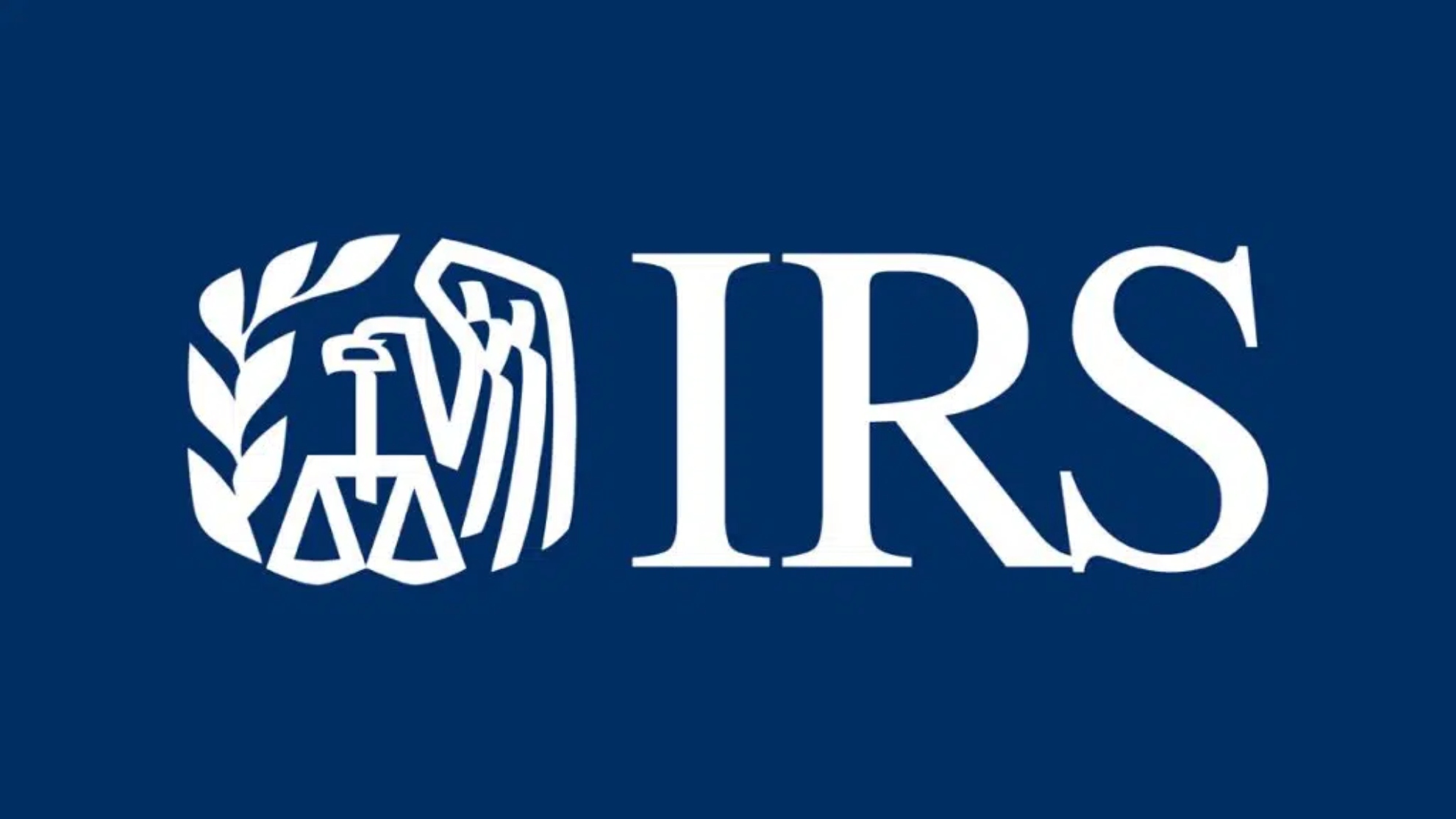The tariff wars between two of the world’s largest economies, the US and China, show no signs of slowing down. In the latest move, the Trump Administration said that China could face tariffs as high as 245% in response to its retaliatory measures. This includes a 125% reciprocal tariff, a 20% tariff to address the fentanyl crisis, and tariffs on specific goods, between 7.5% and 100%, according to the latest fact sheet released by the White House on 15 April 2025.
Earlier, US President Donald Trump imposed a 10% tariff on all countries and individualised reciprocal higher tariffs on nations with which the US has the largest trade deficits to level the playing field and protect America’s national security. More than 75 countries have already reached out to discuss new trade deals and the individualised higher tariffs are now paused for 90 days, except for China.
During a press briefing on Wednesday, 16 April 2025, Chinese Foreign Ministry spokesperson Lin Jian was questioned about the 245% rate. In response, Lin remarked, “You can ask the US side for the specific tax rate figures.”
In response to Washington’s recent remarks on tariffs, Lin stated that the United States initiated the tariff war. He emphasised that China has implemented necessary countermeasures to safeguard its legitimate rights and interests while upholding international fairness and justice, which “are completely reasonable and lawful”.
“There is no winner in tariff wars and trade wars, and China does not want to fight, but it is by no means afraid to fight. If the US genuinely wants to solve the problem through dialogue and negotiation, it should give up its approach of imposing extreme pressure, stop threatening and blackmailing, and engage in dialogue with the Chinese side on the basis of equality, respect and mutual benefit,” Lin said.
Earlier, China retaliated against the US with new trade measures, including tariffs on chicken, wheat, soybeans, and pork. It added 15 US companies to its export control list, banned dual-use equipment sales, stopped US lumber imports, revoked licenses for three soybean firms, and launched an anti-dumping probe into US fibre optics.
The Trump administration previously cautioned nations against retaliating to its tariffs, promising rewards for those that complied. That didn’t deter China from imposing countermeasures on the US. Beijing announced it has increased its tariffs on US imports to 125%, starting 11 April 2025.
This week, China introduced additional export controls on rare earth materials, which are essential for high-tech products, aerospace manufacturing, and the defence industry.
















